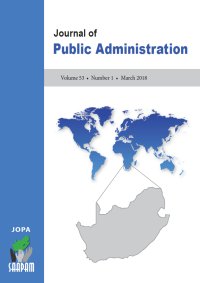
The post-colonial and post-apartheid cities of Johannesburg and Harare, a corollary of centuries of spatial construction characterised by various forms of segregation, are sites of continued spatial and socio-economic inequalities, where the most marginalised communities are on the receiving end of these inequalities. While democratic governments in South Africa and Zimbabwe have made significant inroads in the de-segregation of urban space, vestiges of their colonial and apartheid past remain deeply embedded in the geography. Attempts to fashion spatial transformation in cities have been anchored on gentrification, with "urban renewal" processes taking the form of hygienisation and the eviction of street vendors and the urban poor. This "rehabilitation" of post-colonial and post-apartheid urban space has resulted in the creation of enclaves for wealthier members of the population within African cities. This appro